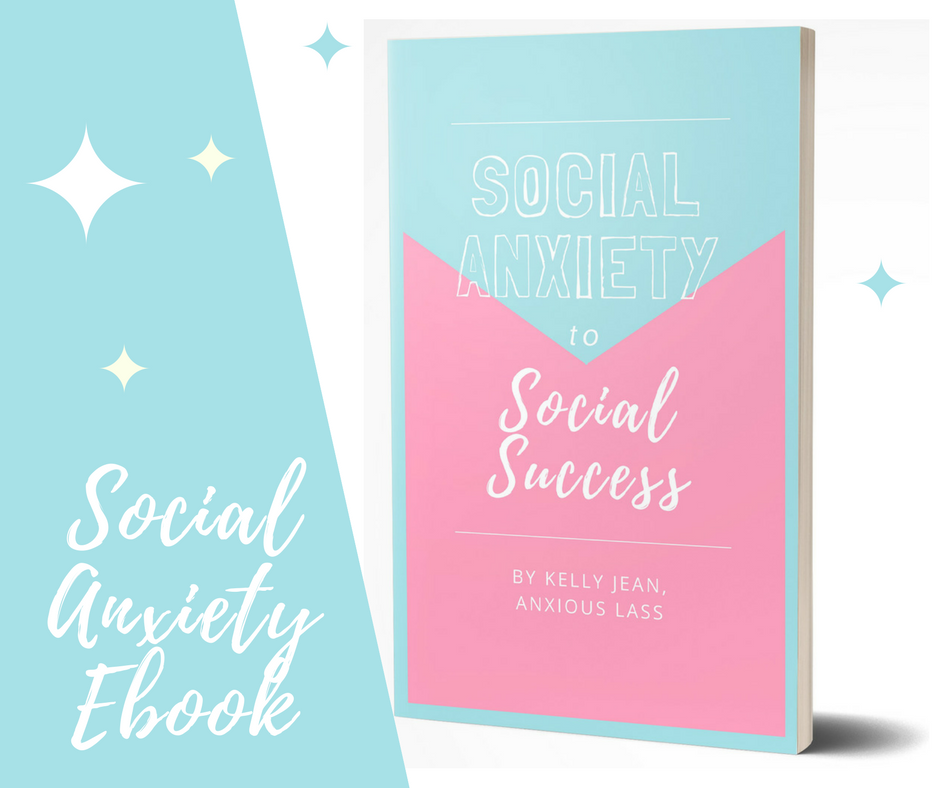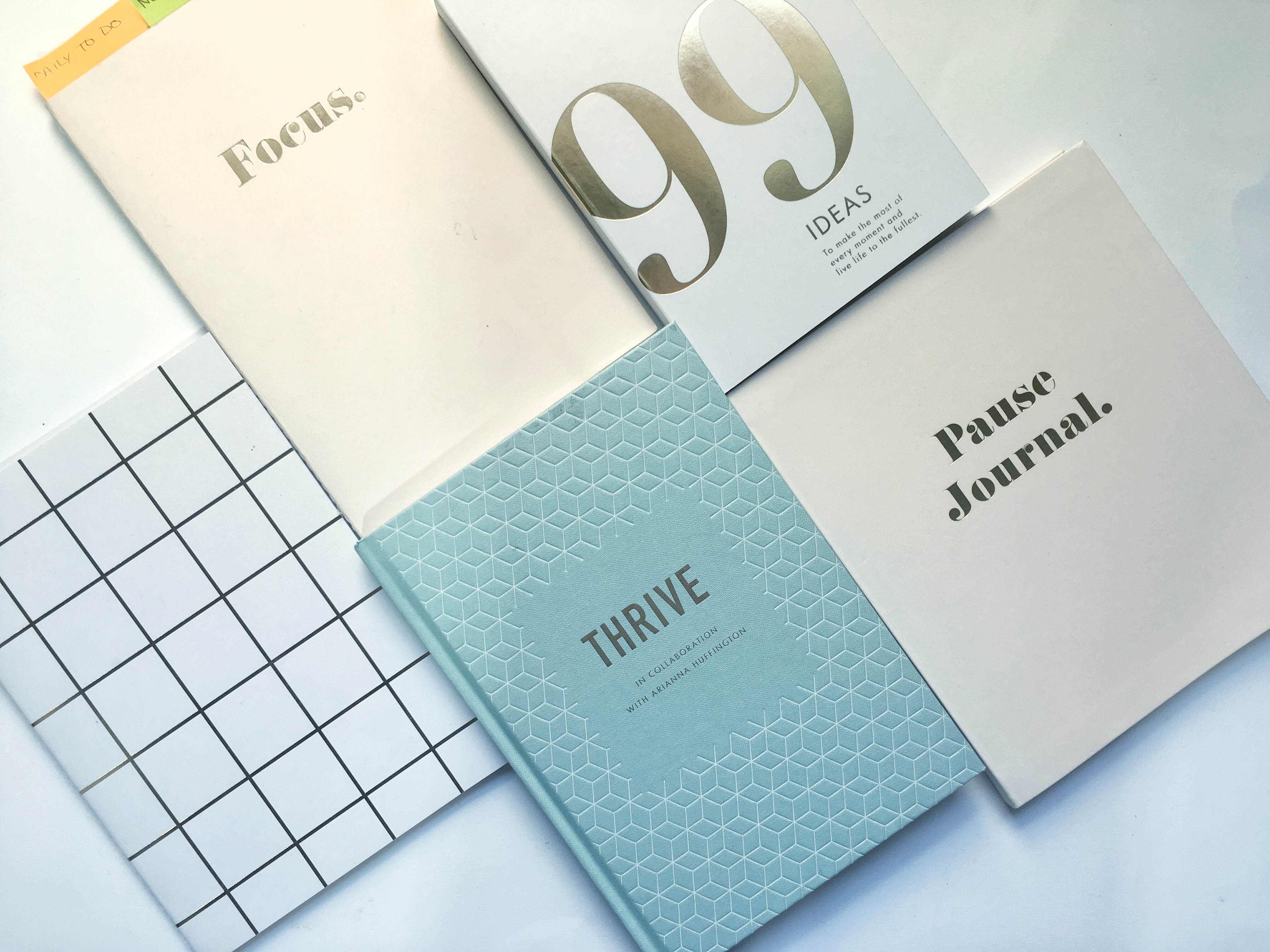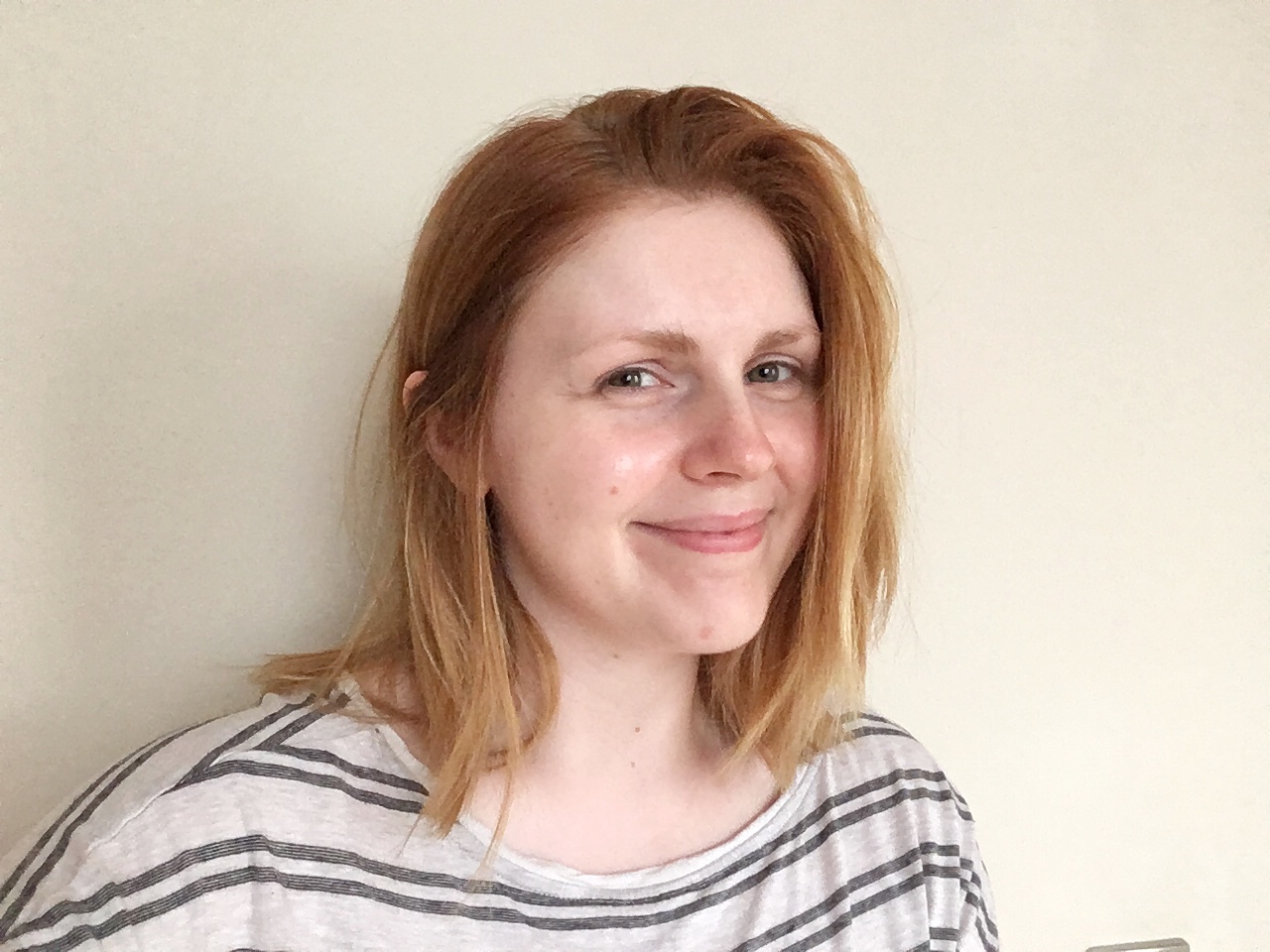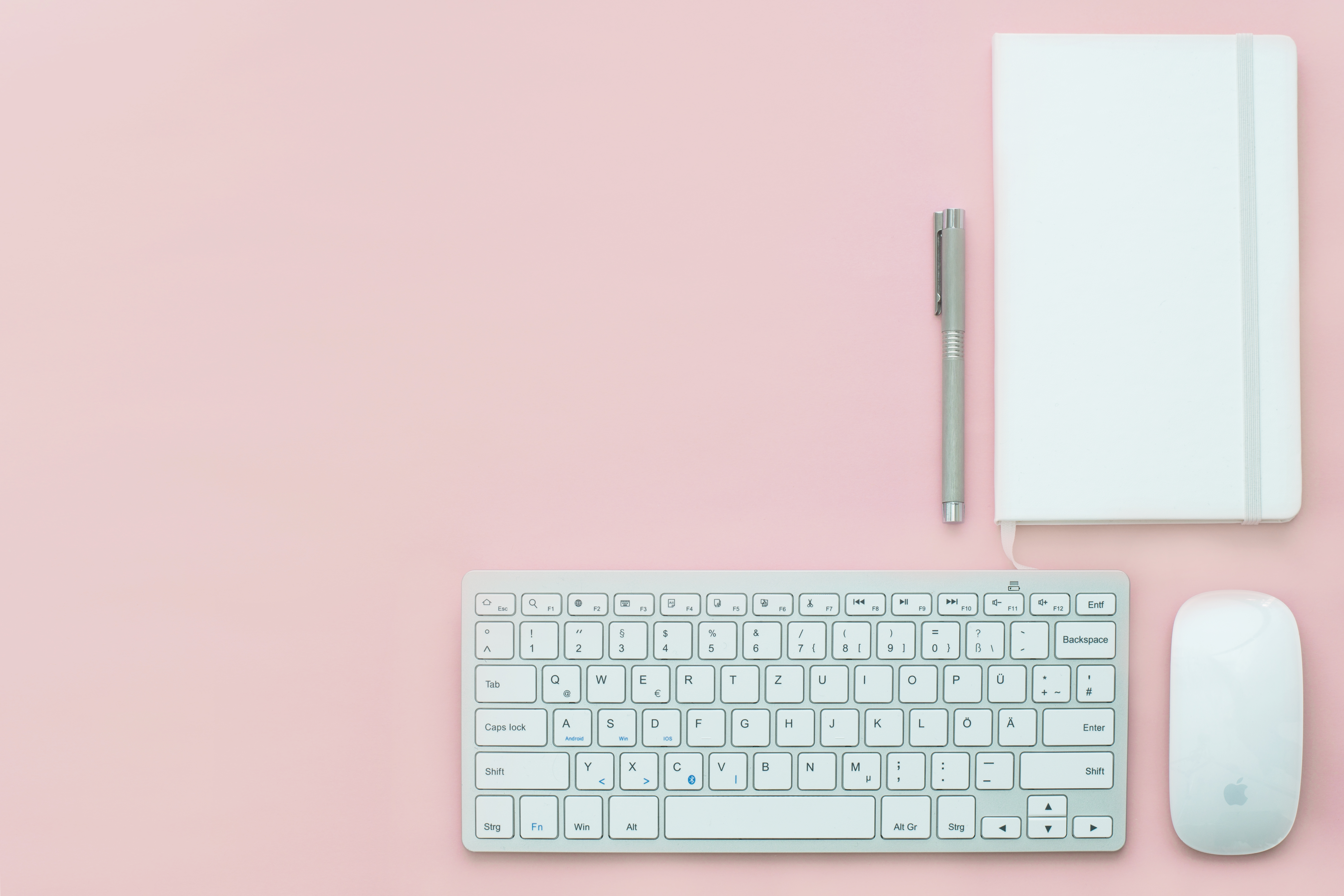
Fighting ‘the big sad’ one scribble at a time
I spend a lot of time scrolling. Instagram is where I mentally tune out, and instead mindlessly absorb visual data with varying rates of success.
I drool over vegan milkshakes which overflow sensually from bubbling mason jars, and peer curiously into the homes of people I’ll never meet. But when I found this illustration of two nimble little fingers tentatively checking for a pulse I had to click through and see where exactly they were born.
It was only then I learned about The Feels Club. I consumed every image and went full ham on a ‘liking’ marathon, completing my record-breaking sesh with a fangirl email to the account owner Chloe to ask for more details. Here’s what I discovered.
Who are ya?
Chloe Webb, aged 24 based in Central Coast NSW, Australia.
Did you always knew you wanted to be an artist?
It’s all still very new for me and I’m still constantly learning how to navigate the process of being an artist. Even just adjusting to the term “artist” itself is an ongoing process. And I think that has a lot to do with the fact that art was never something I ever saw myself pursuing, it was just this quiet thing I did when I was alone. Up until the point where it spoke to me so loudly, I could no longer ignore it.

As cliche as it sounds, art and being an artist was something that found me. It began to speak to me a whole lot louder in 2015 when I had been going through a pretty turbulent time with my mental health. In 2016 I became acutely aware that I wasn’t the only one going through the motions of mental illness and it shook me. Suddenly I saw the ugly, abrupt and heartbreaking veracity of depression’s toll first hand.
Everything spoke louder then. And it shook me, wide awake. I found myself taking pen to paper more than ever and I just knew I had to try to use my art for good. To let people know that it is entirely OK not always be entirely OK.

What is “The Feels Club” and what does it mean to you?
The name The Feels Club was my way of maintaining the purpose and honesty of the story behind it, but kind of making it a little more gentle and soft. I’ve always been cautious of the language of mental health and how it’s labelled, and I guess that’s just part of my own personal coping mechanism.
But also I find in doing so I can dis-empower the terms and turn it to something a little lighter and brighter, something that unites people. And speaking about it now wholeheartedly what The Feels Club is about. And the fact people can connect with it, that means everything me.
In your bio you describe yourself as ‘scribbling through the feels’. What’s the relationship like between your creativity and mental health?
I often describe depression and anxiety as being my invisible enormities. When I fall into a low and it happens, art and living creatively is how I pick myself back up again, because when I allow myself to take up the space between an inky pen and paper, I know for certain that there are bigger enormities inside of me, enormities that are so much bigger than anxiety and so much brighter than depression.
Do you find it hard to open up and be vulnerable in your artwork?
Absolutely. But I’ll always push myself to do it. Because there is an ugly stigma that exists around mental health and it must be dissolved.
Everyday at least 6 Australians take their own lives and 30 Australians attempt. Suicide is the leading cause of death for young people aged between 15-25… this is an issue too big to continue sweeping under the rug, because quite frankly we’ve ran out of rugs big enough.
Lots of my readers suffer from mental illness and are looking for tips on how to manage their symptoms. Do you have any advice?
I know all too well how absurd these next words will appear, but JOURNAL. Write it all down. My eyes basically rolled so far back in my head that I saw stars when I this was first suggested to me.

But with some hesitation I gave it go and I never looked back. The thing is with mental illness, the most common thing the people will say is “I’m here if you ever need to talk” and don’t get me wrong I’ll never take for granted the beauty of that offer. But more often than not, when you’re in the baffling thick of the big sad (another term I’ve found to dis-empower the beast) chances are you’re already feeling heavy and speaking that weight can sometimes be a gnawing mission within itself .
That’s where journaling made all the difference for me. Not only did it let me get it all out but it also allowed me to move past that guilty feeling when trying to actually talk about my feelings with actual humans. Writing in a book might feel small, when your feels are so big. But the process and practice of letting yourself let it all out is a huge step.
The best thing that I’ve found through blogging is an online community of like minded people. Have you found a similar support network through your art?
My goodness, yes, more than I ever could have imagined! There are so many extraordinary people out there sharing their stories and journeys. And more importantly they’re listening all the same. It’s such a comforting refresh. It makes me believe that bloody stigma doesn’t stand a chance.
How does social media and working online play into your mental health? Is it hard to disconnect?
I’m so glad you asked this question! It can be, for sure. Especially when I first began The Feels Club. I was feeling so nervous and passionate about doing it ,that I wound up in a feverish rush to make it all happen at once. I’d spend full days online trying to kick things into gear and just be left feeling so drained afterwards because a) Not only had I forgotten to eat but I’d actually forgotten there was an entire outside world. And b) the results were not instant.

These days I operate on a bit of a schedule to allow me some disconnect and so not to disregard my routine. Which has helped me view it differently – I can still be impassioned and driven without neglecting myself and my own self care. And I’m much more patient with just letting it be and letting things happen organically. It’s whole lot nicer that way!
How do you de-stress/unwind?
Apart from art and writing… I’m lucky enough to live on a pretty magnificent piece of coastline, so the ocean is never far. Which is ultimate for me because slipping into the sea whatever the weather and getting all salty is just such a magic cleanse for me.
I also started Yoga last year, which was another thing I initially rolled my eyes at. But now I try to practice 1-2 times a day and while I’m still very much a beginner the results are pretty powerful.
What are you looking forward to for the rest of 2017
Making and releasing new art. Taking the leap of putting my writings and poetry into the world. Returning to the workforce and saving some funds for a bit of travel. Accepting love and giving love a little bigger. Smashing that damn stigma and just flowing with the journey wherever it leads me!













































